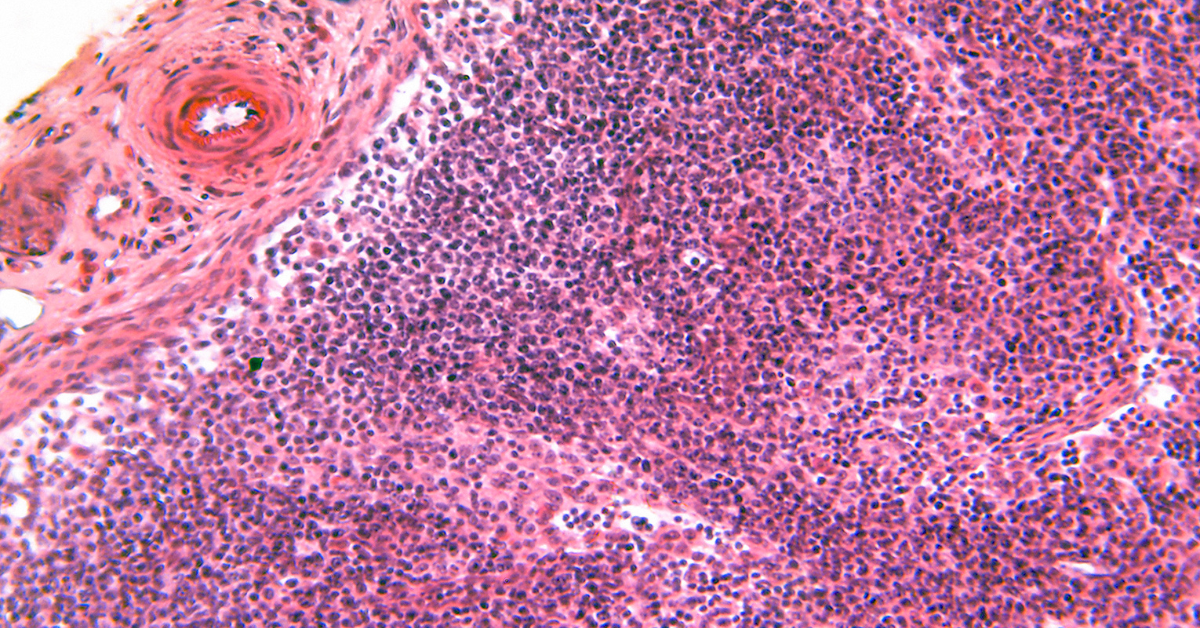
Your lymphatic system: what it is, what it does, and why it matters if you have diabetes.
People with diabetes (PWD) are at an increased risk of developing infections. The lymphatic system is an organization of cells that filters wastes from tissues and blood and works with the immune system to fight off microorganisms that can cause diseases. The time to review the lymphatic system is now, given that flu season is near and the coronavirus keeps lurking around.
What Is the Lymphatic System?
Whereas the central nervous system is the balancer of information received and transmitted by the body, the lymphatic system is the nutrient and waste balancer of the body. The lymphatic system comprises the appendix, bone marrow, lymph nodes, spleen, thymus gland, tonsils, and vessels. The lymphatic system filters waste and cells from bodily fluids and removes excess nutrients, such as fat. Lymph, the fluid collection from tissues and cells, reenters the circulatory system via the lymphatic system.
The lymphatic system protects the body from pathogen invasions. The human body contains approximately 500 lymph nodes scattered throughout the body, such as under the arms (axillary), neck (cervical), thighs (femoral), and other places. These lymph nodes filter waste, and nodes contain lymphocytes, white blood cells, that help rid the body of foreign and potentially harmful microorganisms.
Potential Complications of the Lymphatic System
The body requires a certain blood serum volume to work effectively and efficiently. Research reveals that high blood sugars stress the immune system, impairing its function in keeping the body healthy. Individuals with diabetes have an increased risk of infection, which can affect one organ or multiple organs throughout the body. Hyperglycemia increases PWDs infection risk because bacteria love warm, moist, and high-sugar-content areas. PWDs are at increased risk of developing respiratory (pneumonia), urinary tract, skin, and viral infections (Coronavirus and the flu).
10 Ways to Keep Your Lymphatic System Healthy
Here's how to keep your lymphatic system healthy.
- Monitor your blood sugars regularly. The more in tune you are with your body, the earlier you can intervene.
- Eat balanced meals daily. Include lean protein, fresh fruits, and vegetables in your meal plan. Limit saturated fats, red meats, processed foods, and sugar which may cause inflammation. Essential vitamins and minerals that help promote lymphatic system health include Vitamins B (e.g., bananas, potatoes), C (e.g., strawberries, spinach), and D (e.g., mackerel, egg yolks, mushrooms). Minerals such as zinc (e.g., turkey, yogurt), iron (e.g., beans, lentils, and pumpkin seeds), and magnesium can help maintain optimal immune system health.
- Aim for consistent and regular exercise (30 minutes a day). Physical activity helps move the fluid throughout your body.
- Reduce stress. Appreciate the work your lymphatic system does. At the core of many diseases is stress. Thankfulness is one way to minimize stress.
- Keep your air environment clean. Have your vents regularly cleaned. Limit your exposure to environmental toxins.
- Maintain an appropriate weight. The more surface area you have, the harder your lymphatic and other systems work.
- Get quality sleep. Sleep is the time your body resets itself.
- Perform skin hygiene. Keep your skin clean and wash your hands regularly to minimize the invasion of pathogens.
- Stay vaccinated. Inquire about vaccines and how they can help your body fight off potentially harmful microorganisms.
- Drink plenty of water. Water helps to flush our systems. Talk to your healthcare provider about your specific water recommendations. Some conditions require you to limit your water intake.
Meal Planning to Maintain Optimal Health of The Lymphatic System Health
There is no specific diet for the lymphatic system, so you can be creative and design a meal plan that supports your individuality.
The goal is to eat balanced meals and include a variety of nutrients throughout the day. Maximize each meal and snack with high-quality fruits, vegetables, lean meats, nuts, legumes, and water. Limit the amount of processed foods or foods changed from their natural state. Look for foods with the fewest additives. Remember that the first three ingredients are often the product’s main ingredients. If you don’t know what an ingredient is, look it up.

